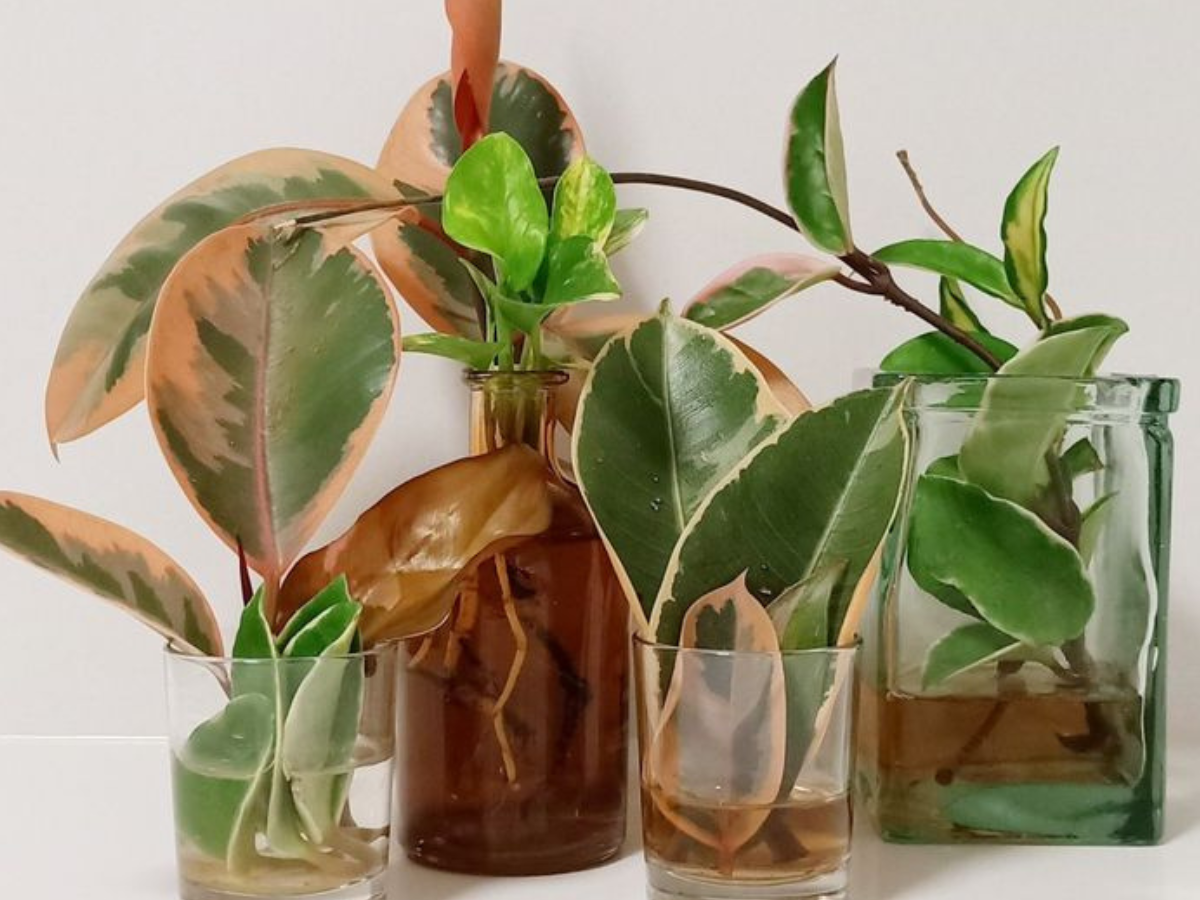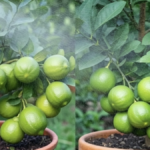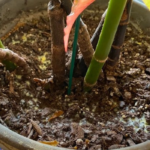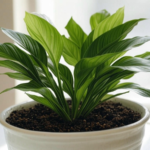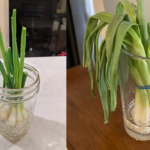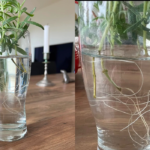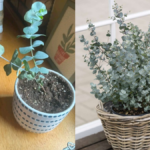To propagate rubber plant in water, take a healthy stem cutting, place it in a glass of clean water, and keep it in indirect sunlight. Change the water regularly. In 3–6 weeks, roots will grow. Once roots are strong, shift the cutting to soil for healthy growth.
I’ve done this method many times at home. It’s simple and gives great results. In this guide, I’m sharing my real experience of growing a new rubber plant in water step by step. I grow a rubber plant from a cutting
IN THIS ARTICLE
About Rubber Plant (Ficus elastica)
Rubber plant is a common indoor plant with large, thick green leaves. It grows well in homes and is easy to care for.
| Plant Name | Rubber Plant |
|---|---|
| Botanical Name | Ficus elastica |
| Propagation Method | Water propagation using stem cutting |
| Best Light | Bright, indirect sunlight |
| Watering | When topsoil is dry |
Quick Tips for Propagation in Water
- Select a 6–8 inch healthy stem cutting
- Make a clean cut just below a leaf node
- Remove lower leaves, keep 1–2 leaves at the top
- Place in a glass of clean water
- Keep the glass in indirect sunlight
- Change water every 4–5 days
- Roots grow in 3–6 weeks
- Transplant to soil when roots are 1–2 inches long
Step-by-Step Guide to Propagate Rubber Plant in Water
Rubber plant propagation from leaf in water
1. Choose a Healthy Cutting
- Pick a healthy stem from the mother plant
- It should be 6–8 inches long with at least one leaf node
- Use sharp, clean scissors or a knife
- Cut just below the node (rooting happens at the node)
- Let white sap dry for 1–2 hours before placing in water
2. Remove Lower Leaves
- Remove all leaves from the lower part of the cutting
- Keep only 1 or 2 leaves at the top
- Cut large leaves in half to reduce water loss
- This helps the plant focus energy on root growth
3. Place Cutting in Water
- Use a transparent glass or jar
- Fill with clean, room-temperature water
- Place the stem so the node is underwater
- Leaves should remain above water
- Optional: Dip the cutting in rooting hormone before placing in water
4. Keep the Jar in Indirect Sunlight
- Place the jar near a window with filtered sunlight
- Avoid direct sunlight – it can burn the cutting
- Bright, indirect light helps root growth
5. Change the Water Regularly
- Change water every 4–5 days
- Use clean, room-temperature water
- Rinse the jar to remove algae and bacteria buildup
- Always keep the node submerged in water
6. Wait for Roots to Grow
- Roots usually start growing in 3–6 weeks
- White roots will grow from the node
- Be patient – some cuttings take longer
- Keep checking the health of the cutting (no black or soft stem)
7. Transplant to Soil
- When roots are 1–2 inches long, it’s time to plant in soil
- Use a small pot with drainage holes
- Fill with light potting mix (I use garden soil + cocopeat)
- Gently place the cutting into the soil
- Water lightly and place in indirect sunlight
- Keep soil slightly moist for the first week
Common Problems and Easy Fixes
| Problem | Reason | Solution |
|---|---|---|
| Water turns cloudy | Dirty or old water | Change water every 4–5 days |
| Cutting rots | Not dried before placing in water | Let sap dry before using |
| No roots after 4 weeks | Low light or weak cutting | Shift to brighter spot or try new cutting |
| Leaves turn yellow | Direct sunlight or water on leaves | Keep in indirect light and dry leaves |
FAQs – Rubber Plant Propagation
Can I use only a leaf to propagate rubber plant?
No. You need a stem with a node. A leaf alone won’t grow roots or a new plant.
When is the best season to propagate rubber plant?
Spring or early summer is best for fast growth and healthy roots.
How long can the cutting stay in water?
Keep it in water until roots are 1–2 inches long. Then transplant to soil.
Can I grow many cuttings at once?
Yes. Just keep enough space in the jar and change water regularly.
Conclusion : Propagating Rubber Plant in Water
Propagating rubber plant in water is simple and gives great results. I have done this many times, and each time it feels good to grow a new plant from just a cutting. You don’t need soil at the start, just a healthy stem, clean water, and some patience. If you follow these steps, you’ll soon have a new rubber plant growing at home.
Read more Post
Rubber Plant Care Guide – How to Grow Ficus Elastica Indoors Easily
